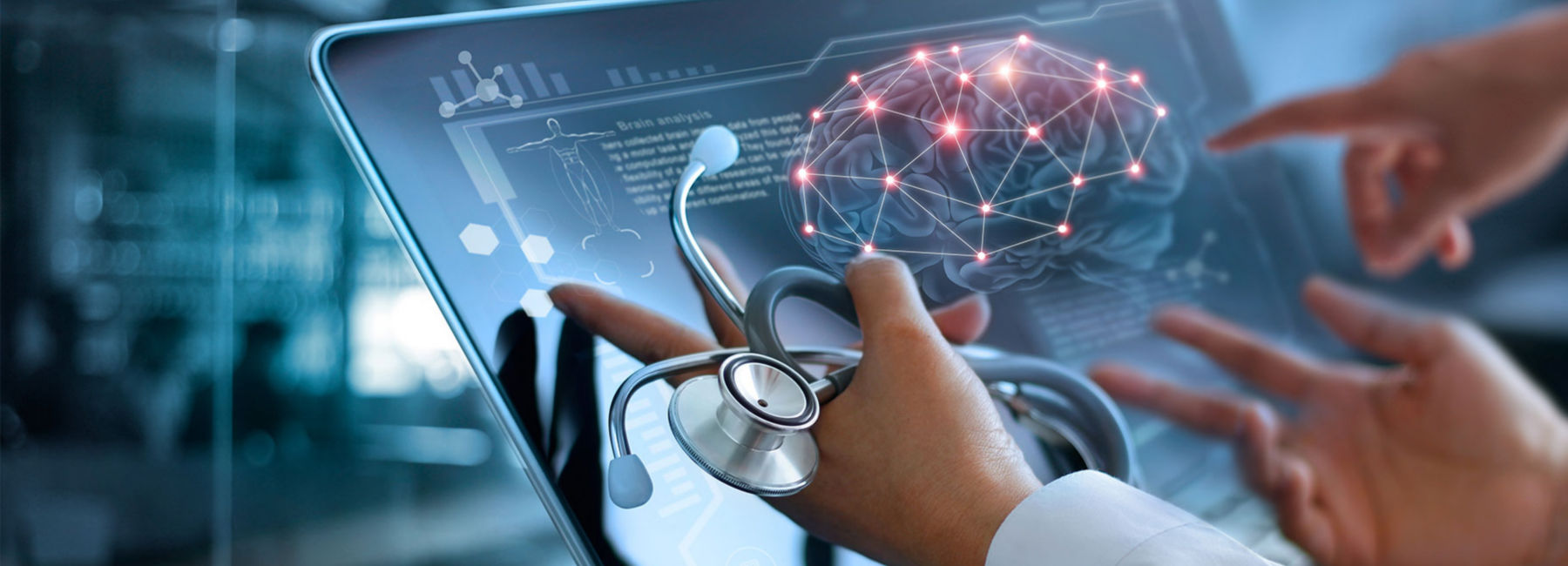We have had a sobering reminder that rich data – and the ability of healthcare providers and medical researchers to share that data – is critical to managing both individual and population health. Rich data goes far beyond the patient information stored in electronic medical records (EMRs) to include structured and unstructured data either residing in other databases or being generated in real-time.
In combating the spread of highly contagious viruses, healthcare providers and public health officials must know who has been exposed as soon as possible. In addition to testing and tracing data, they need room capacity and medical device inventory data to manage resources during surges in cases.
This data typically has been trapped in siloes, but digital transformation in healthcare is setting data free, enabling innovation and actionable insights through advanced analytics and the use of artificial intelligence (AI) and machine learning (ML).
A hospital trying to project how many COVID-19 cases it can expect in a second wave could apply ML and AI algorithms to rich, aggregated data sets that could include weather data and trends, mobile tracking data, population education data, and more. Analyzing and learning from these vast streams of data helps in determining where to allocate clinical, support and outreach resources.
Aggregated healthcare data use cases
Adding real-time and predictive data to the historical data found in EMRs allows healthcare providers to access information they need at the point of care and plan for the future. This is invaluable for ensuring clinical protocols are followed. For example, hospitals could use data to determine whether people who meet the criteria for virus testing every four weeks are being tested. If they aren’t, alerts can be sent to staff to book follow-ups.
To fight any contagious disease in a city, region or country, you need metrics that help you understand it. Key performance indicators include the number of people infected, that number aggregated by age and which individuals have any other disease that would put them in a high-risk group. Having a map of all these people gives providers information in real-time to quickly conduct interventions.
The long-term payoff of rich data and smart technologies to healthcare providers is in predictive data. Imagine how useful it would be to have data that can predict crowding in health facilities during a second virus wave, or the length of stay of a certain hospital patient, or the risk of sickness among particular cohorts of people or sections within a city, such as an area where there are a lot of elderly people with diabetes.
This can be accomplished by using historical rich data to run simulations about the impact of various educational and preventative initiatives. Historical data contains so much hidden information. That’s why this data must be freed from the siloes and combined with structured and unstructured data aggregated from multiple sources.
Conclusion
Beyond the immediate challenges of dealing with a worldwide outbreak of a disease, sharing rich data is essential to the future care and treatment goals of healthcare organizations. Instead of investing millions and millions of dollars in updating EMRs, hospitals should invest in how we can leverage the data we’ve already created in new ways.
